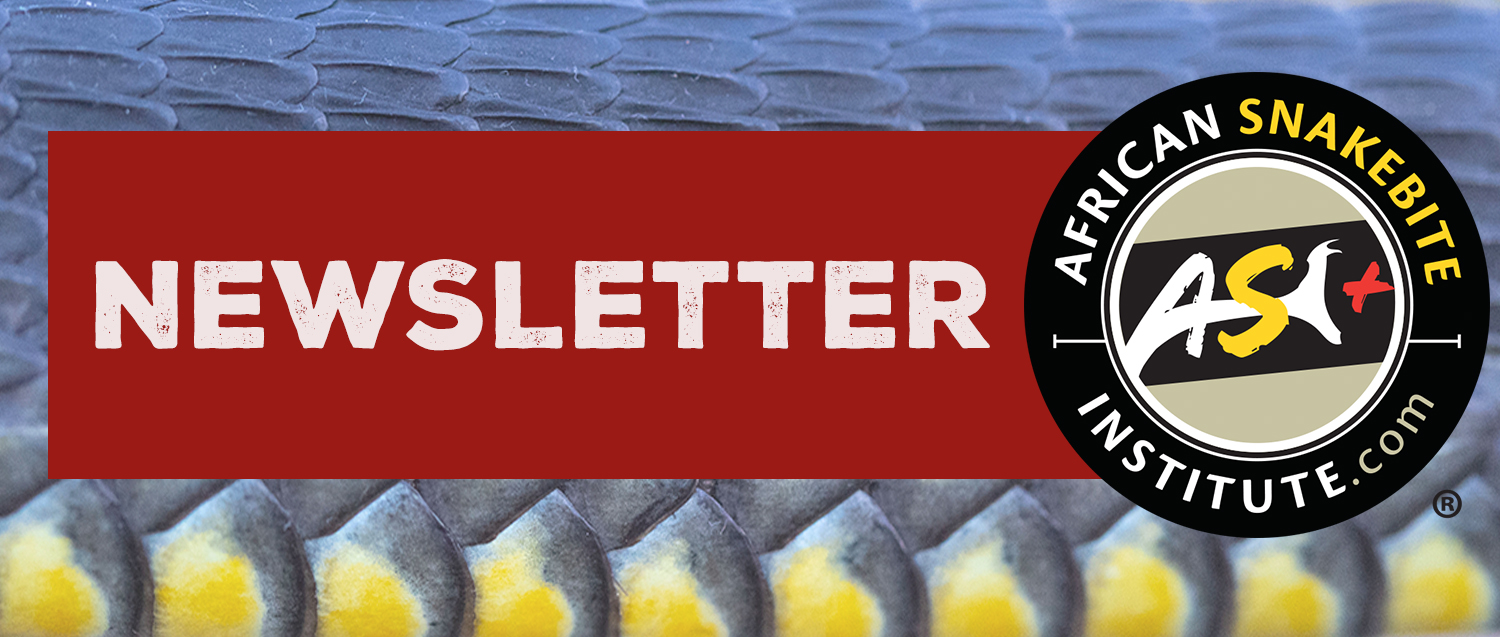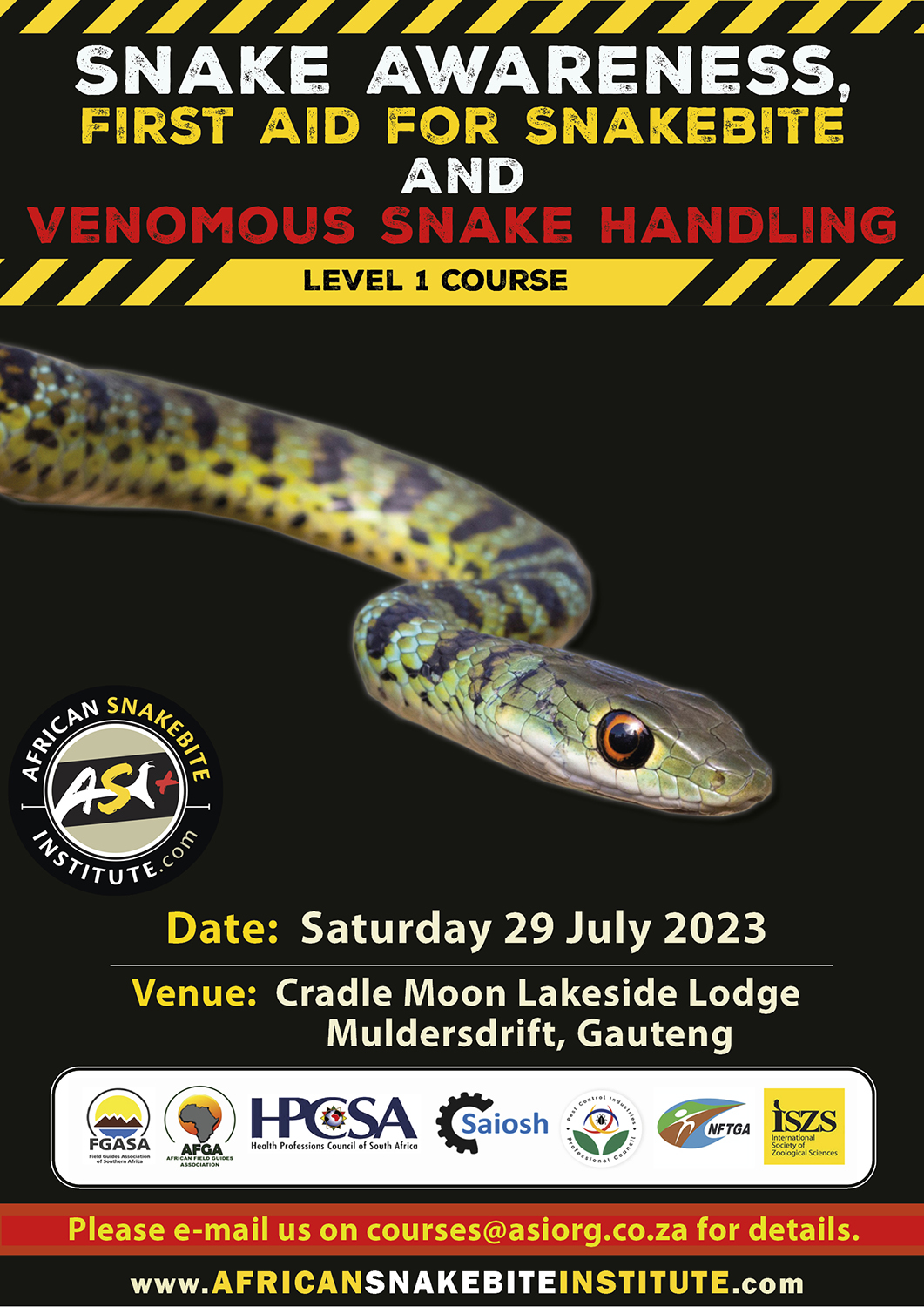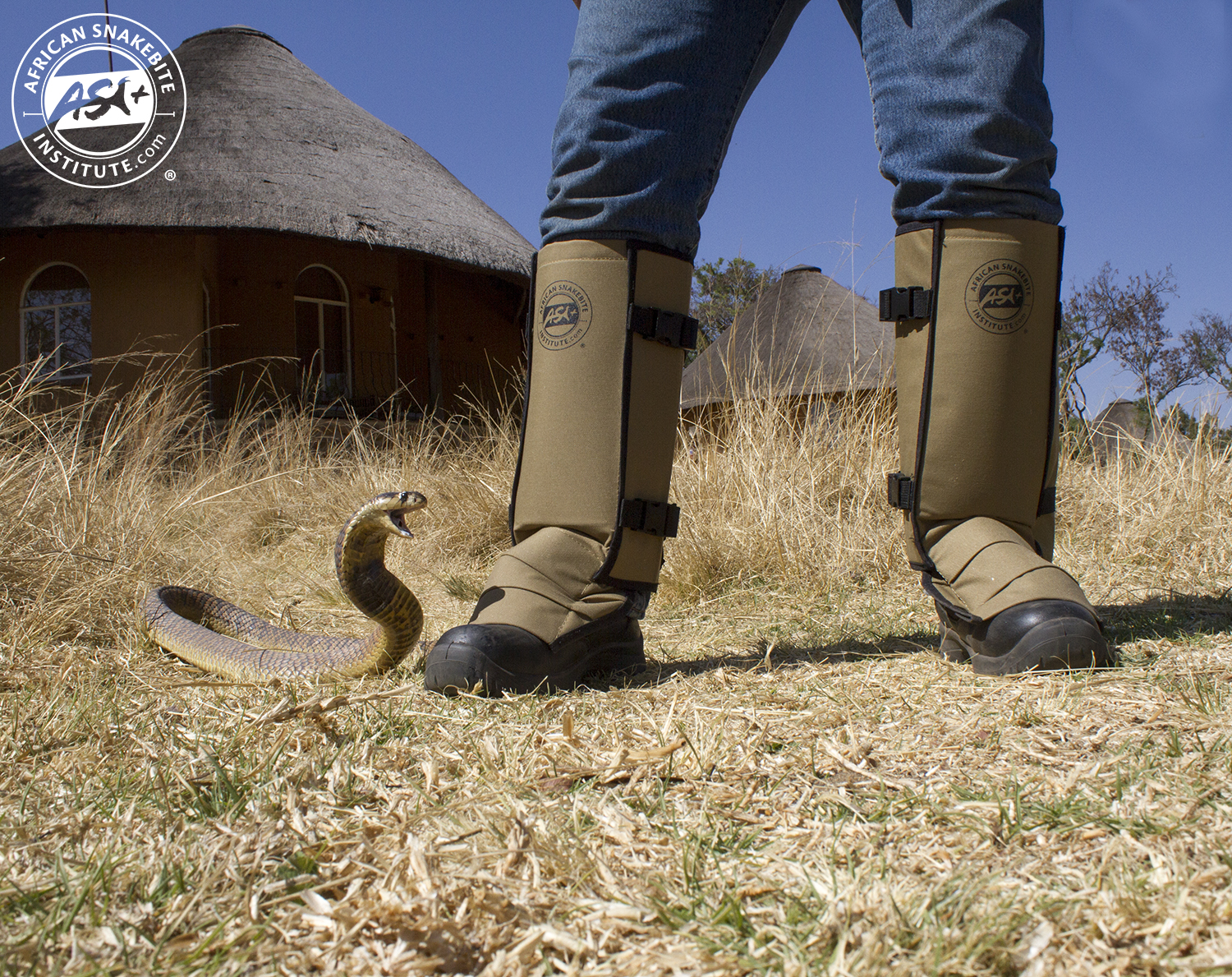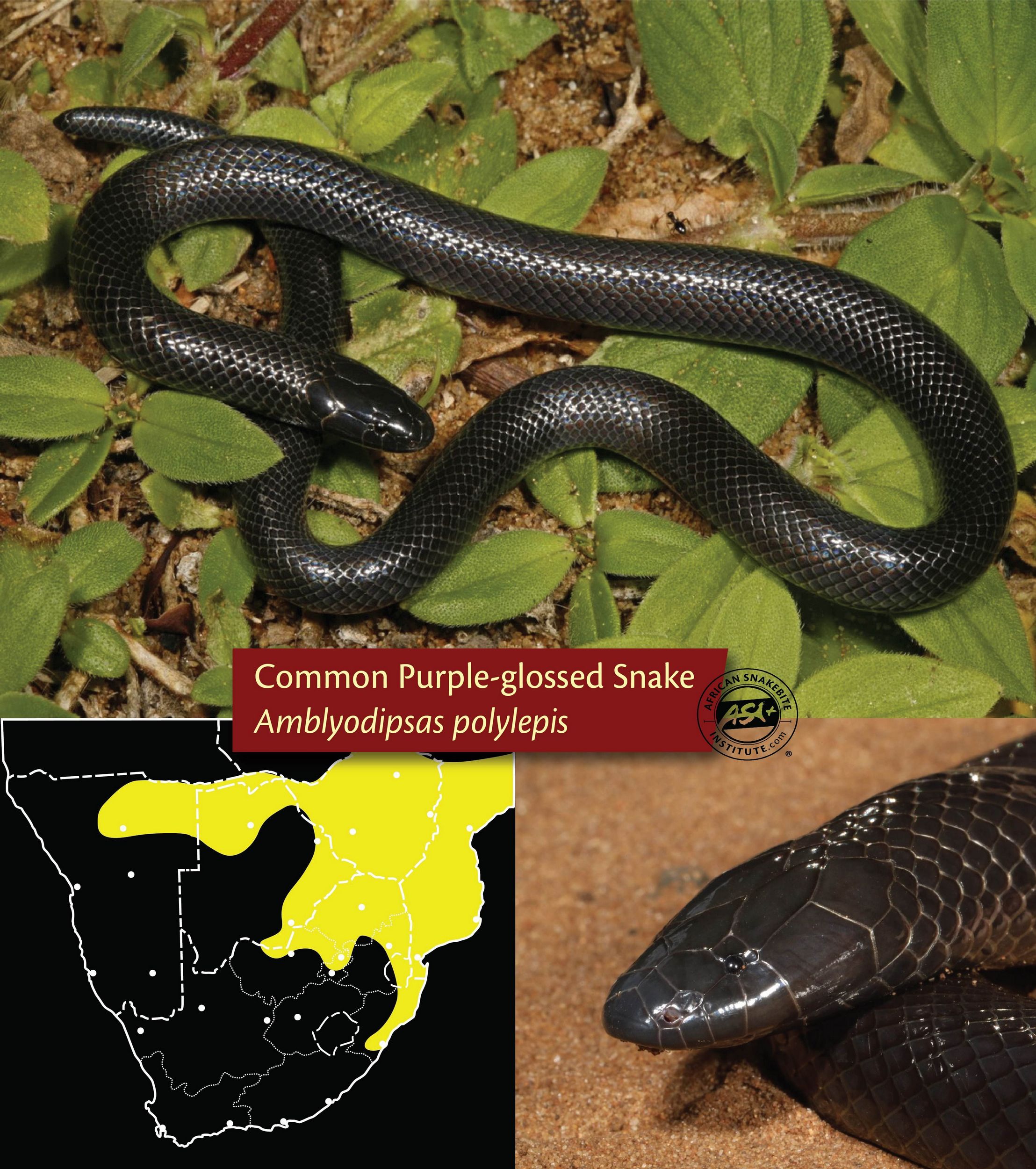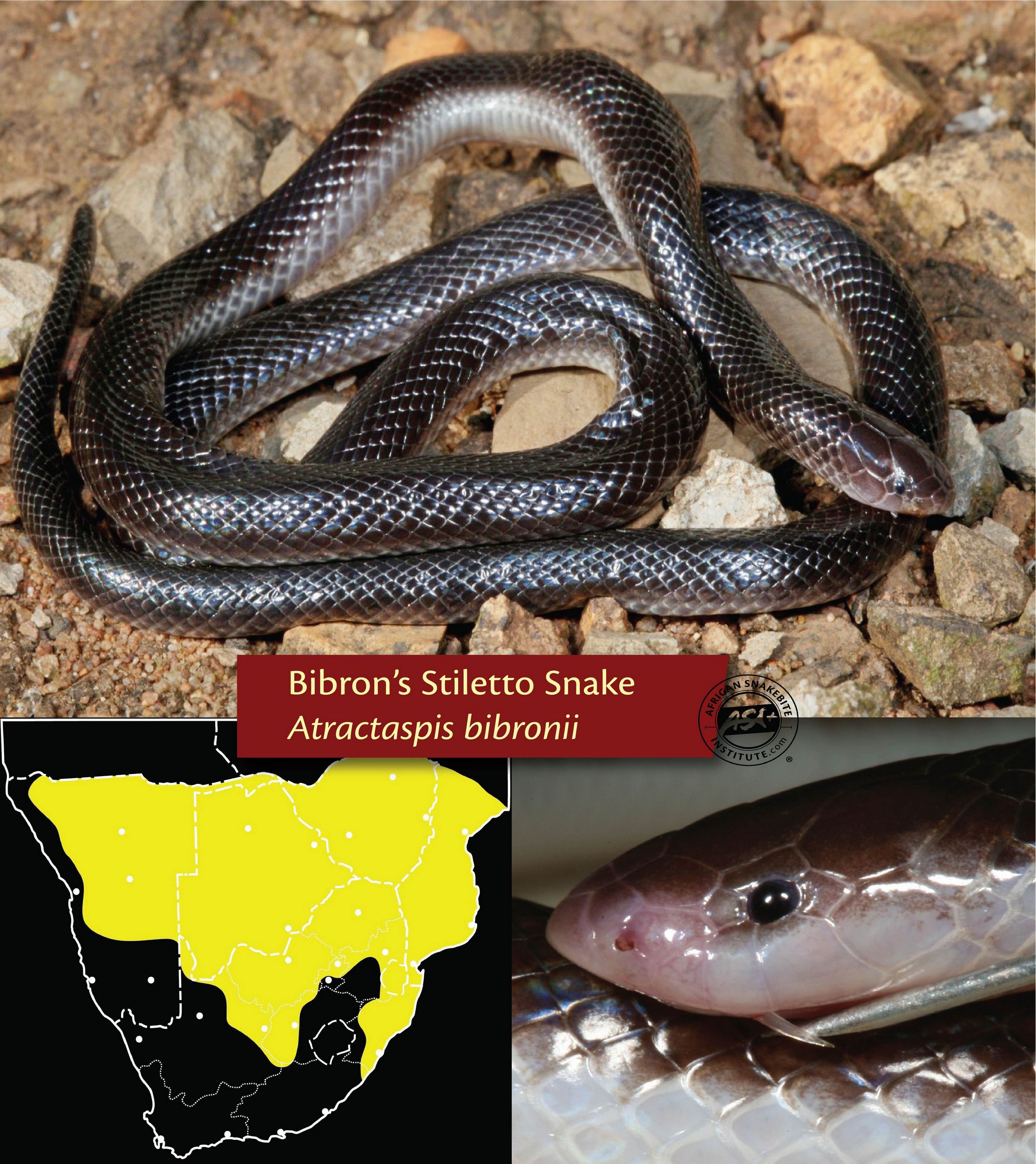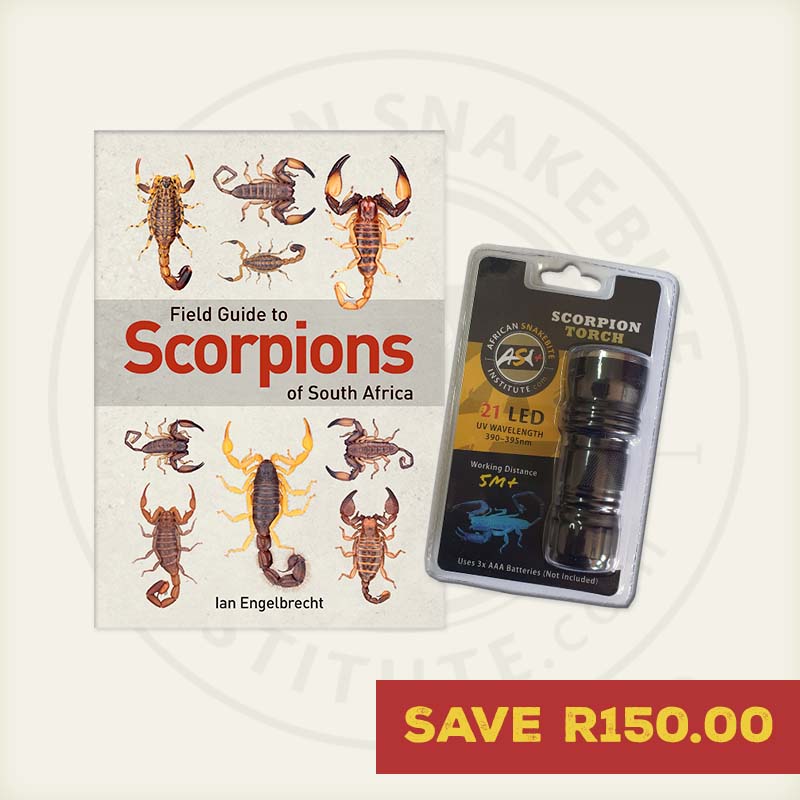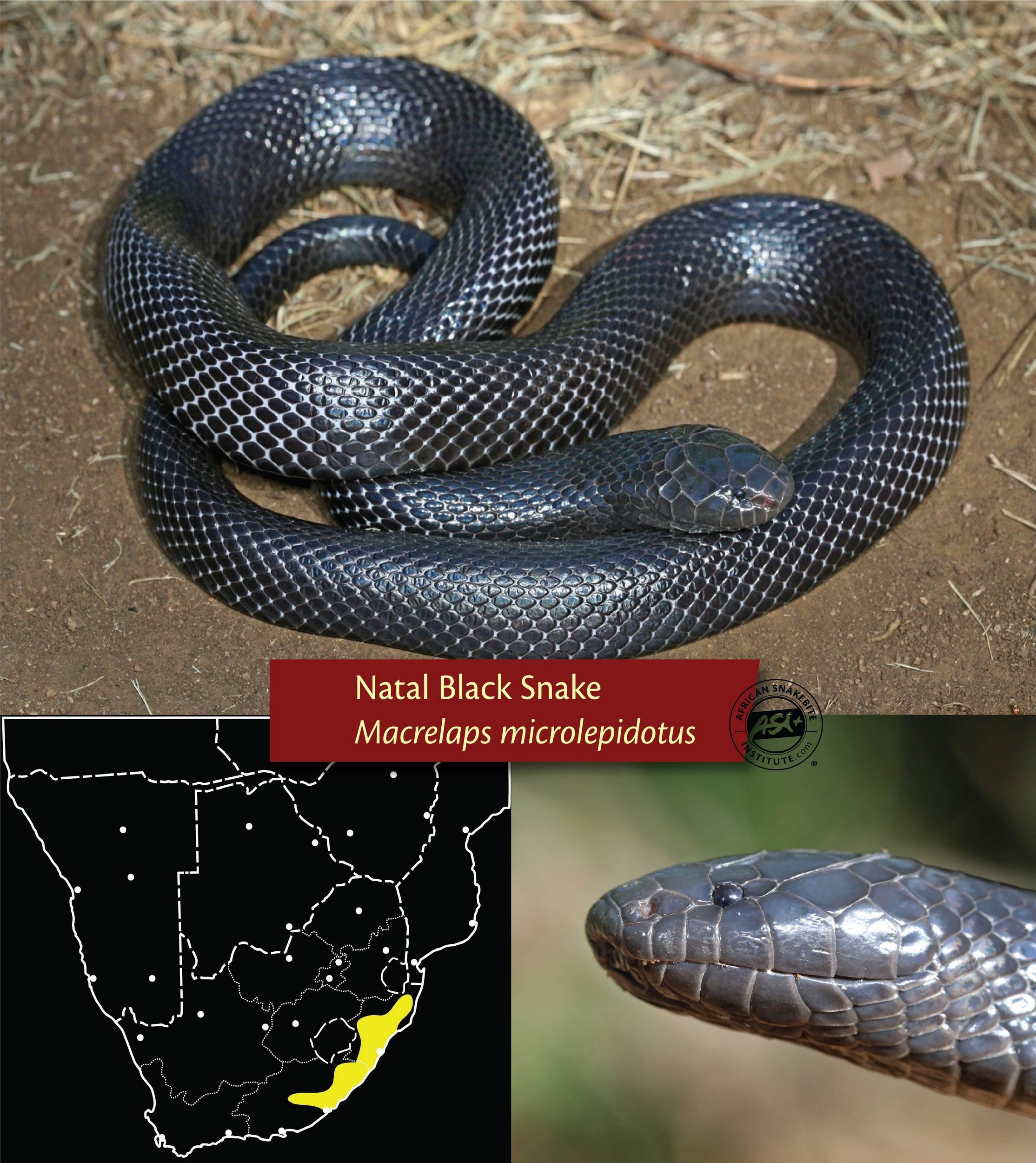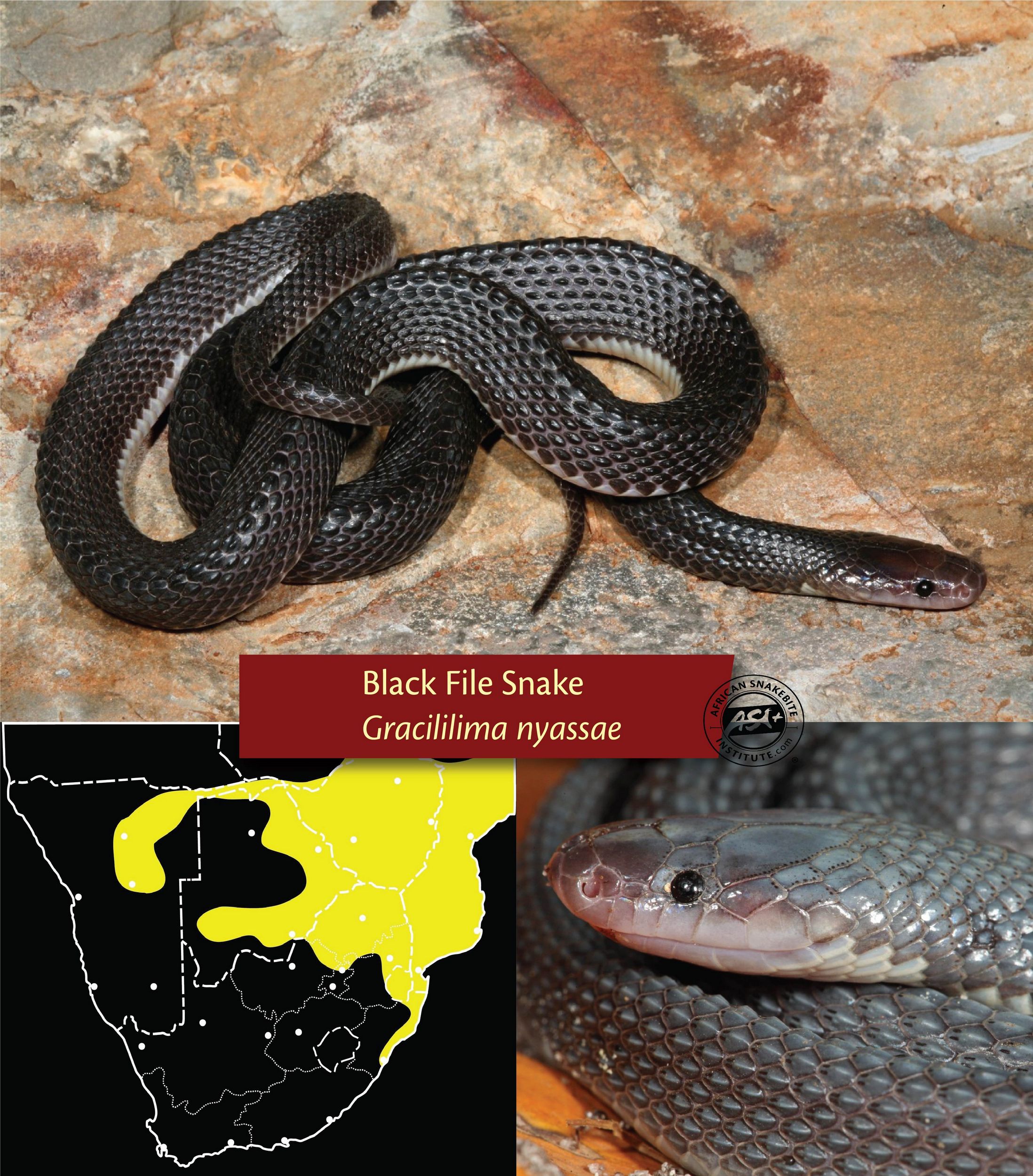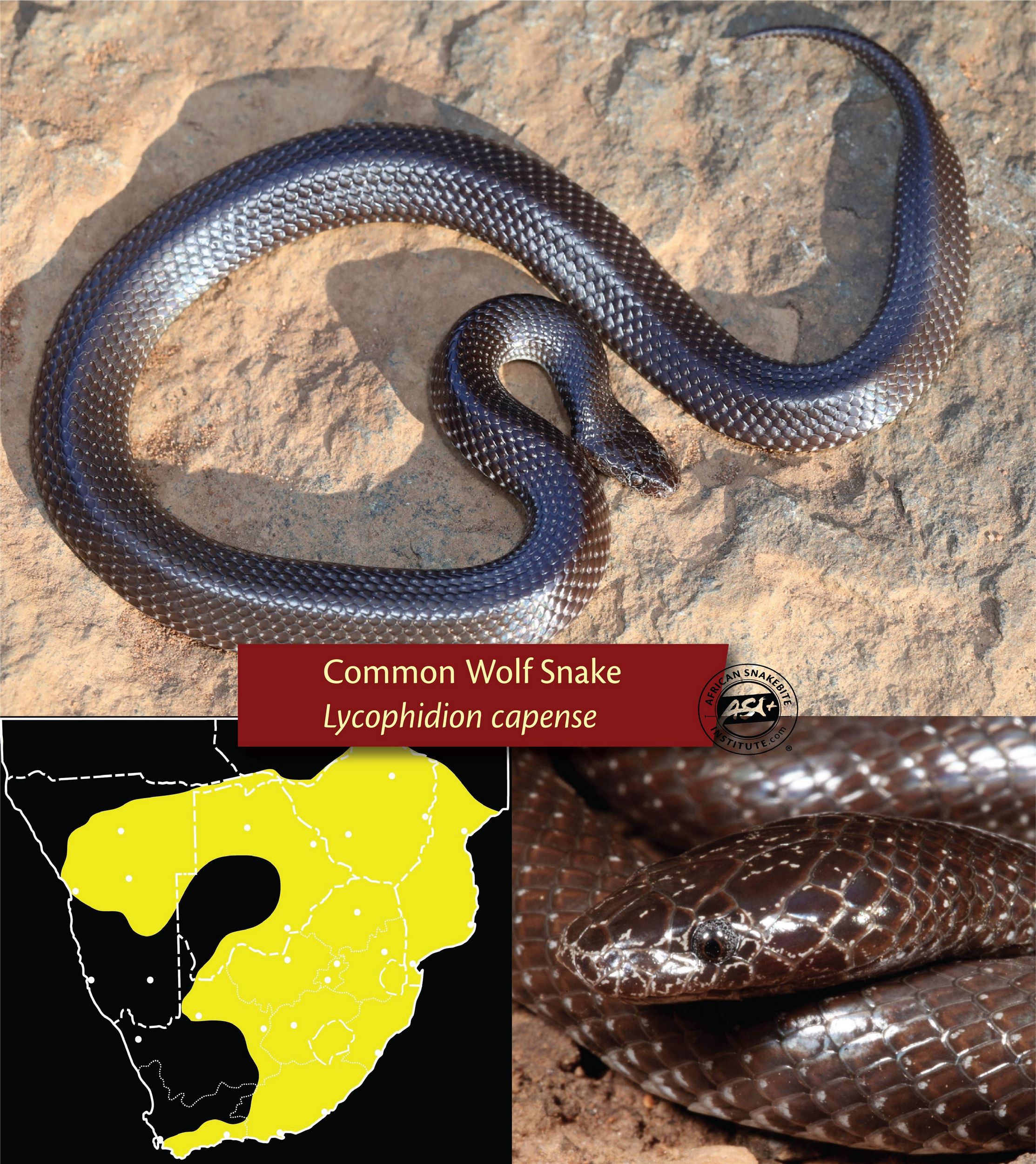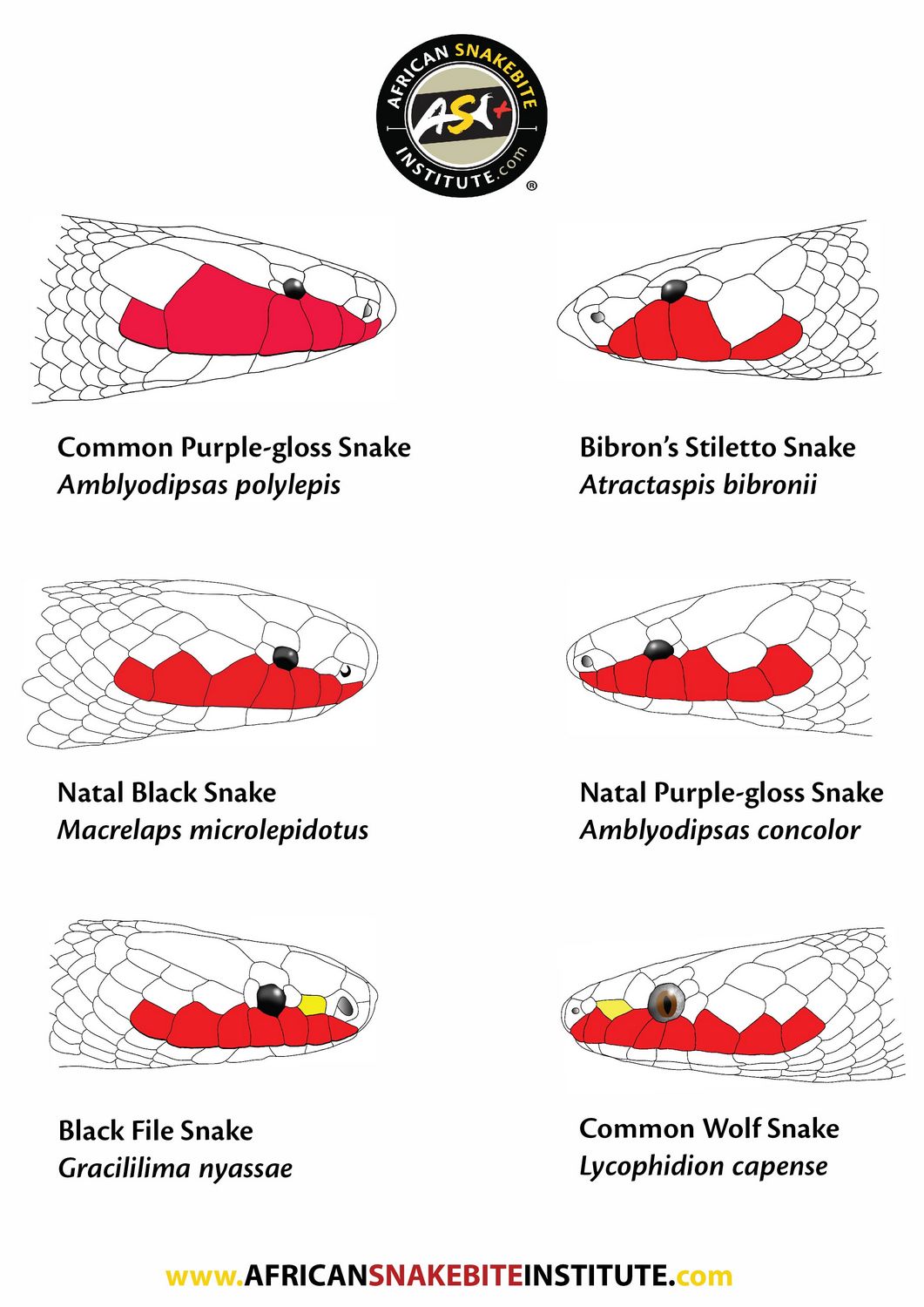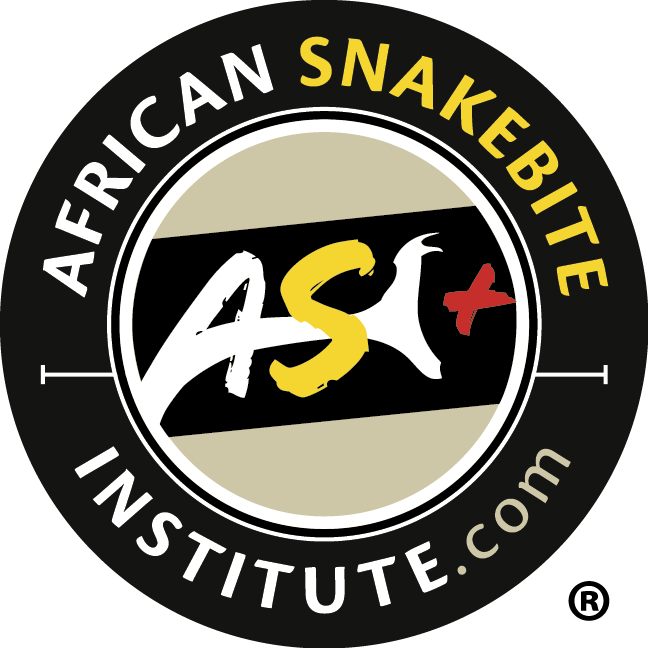The small black snakes, which are found across Africa, are tricky to learn to identify. The danger lies in the fact that most species are harmless or mildly venomous, but can be easily confused with the venomous stiletto snakes. Many people misidentify stiletto snakes and pick them up by hand, assuming they are harmless, and end up receiving bad bites leaving terrible wounds. There are currently 22 species of stiletto snakes across Africa with three species found in southern Africa and the Bibron’s Stiletto Snake being the most common and widespread species.
For many people, a small black snake is automatically a baby Black Mamba. Baby Black Mambas hatch between 45-60 cm and are light grey in colour and with some experience can easily be told apart from other small black snakes. For snake enthusiasts, learning to identify tricky groups such as the green snakes, sand snakes or small black snakes offers quite a challenge. If you are serious about learning more about these groups, the online ASI Advanced Snake ID course goes into great detail on these species and many others.


